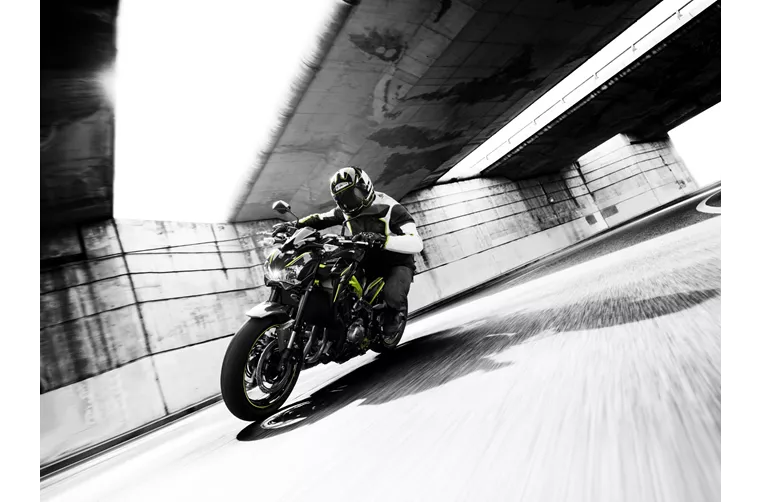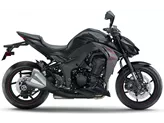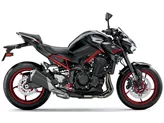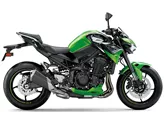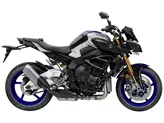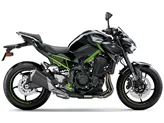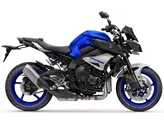Yamaha MT-10 SP 2017 vs. Kawasaki Z900 2018
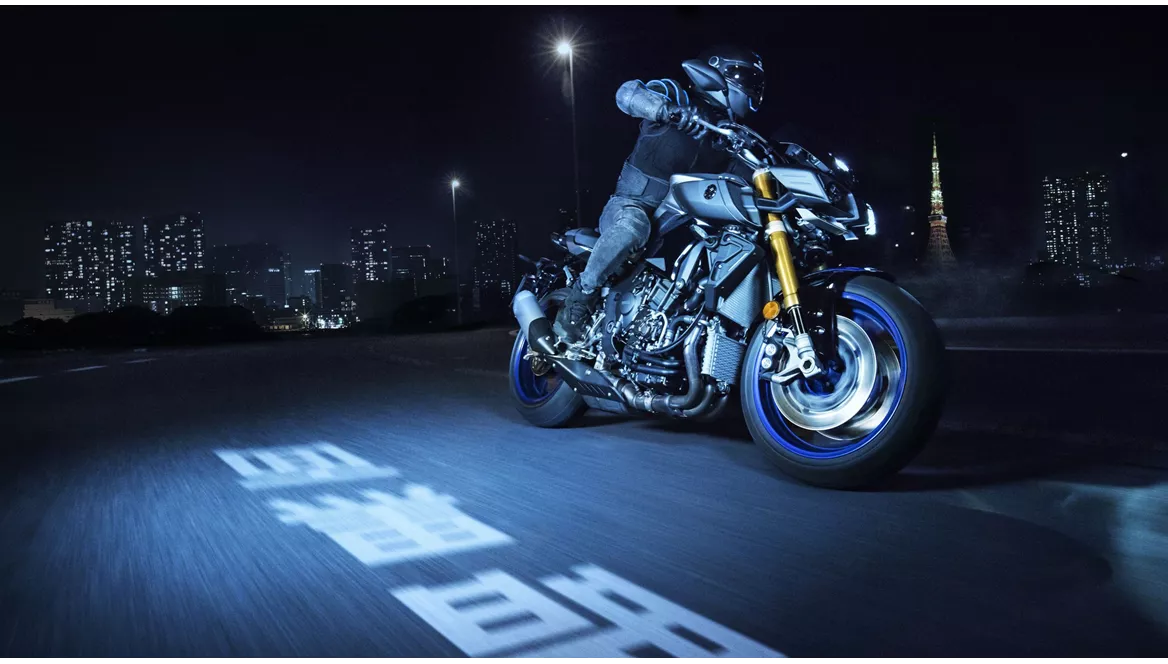
Yamaha MT-10 SP 2017

Kawasaki Z900 2018
Overview - Yamaha MT-10 SP 2017 vs Kawasaki Z900 2018
The Yamaha MT-10 SP 2017 and the Kawasaki Z900 2018 are both naked bikes that offer powerful performance and impressive features. However, there are some notable differences between the two models.
In terms of engine power, the Yamaha MT-10 SP takes the lead with 160 HP compared to the Kawasaki Z900's 125.4 HP. The Yamaha also offers higher torque at 111 Nm, while the Kawasaki provides 98.6 Nm. Both bikes have a four-cylinder engine and use fuel injection for efficient performance. They also have liquid cooling systems to prevent overheating.
When it comes to suspension, both bikes feature upside-down telescopic forks at the front and swing arm suspension at the rear. The Yamaha MT-10 SP offers more adjustability options with compression, preload, and rebound adjustments for both the front and rear suspension. The Kawasaki Z900, on the other hand, only offers preload and rebound adjustments for the front suspension.
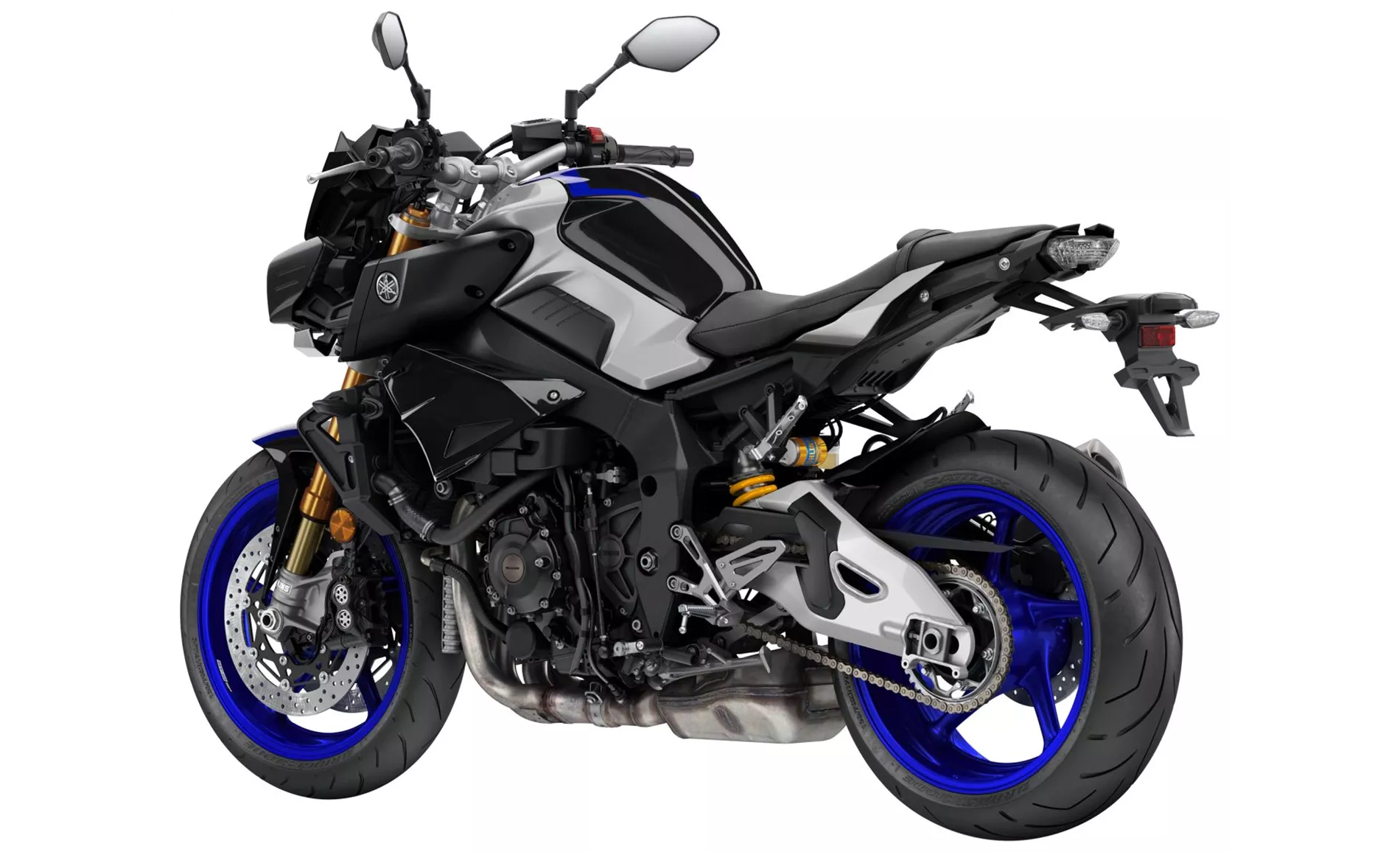
Yamaha MT-10 SP 2017
In terms of chassis, the Yamaha MT-10 SP features an aluminum frame with a Deltabox design, which provides excellent stability and handling. The Kawasaki Z900, on the other hand, has a steel frame with a double cradle design. While both frames are sturdy, the aluminum frame of the Yamaha may offer slightly better performance.
Both bikes have double disk brakes at the front with similar diameters, providing reliable stopping power. The Yamaha MT-10 SP offers advanced rider assistance systems such as ABS, electronically adjustable suspension, riding modes, ride by wire, and traction control. The Kawasaki Z900, on the other hand, only offers ABS as an advanced rider assistance system.
In terms of dimensions and weights, both bikes have similar front and rear tire widths and diameters. The Yamaha MT-10 SP has a slightly shorter wheelbase at 1400 mm compared to the Kawasaki Z900's 1450 mm. The seat height of the Yamaha is also slightly higher at 825 mm compared to the Kawasaki's 795 mm. Both bikes have a kerb weight of 210 kg with ABS.
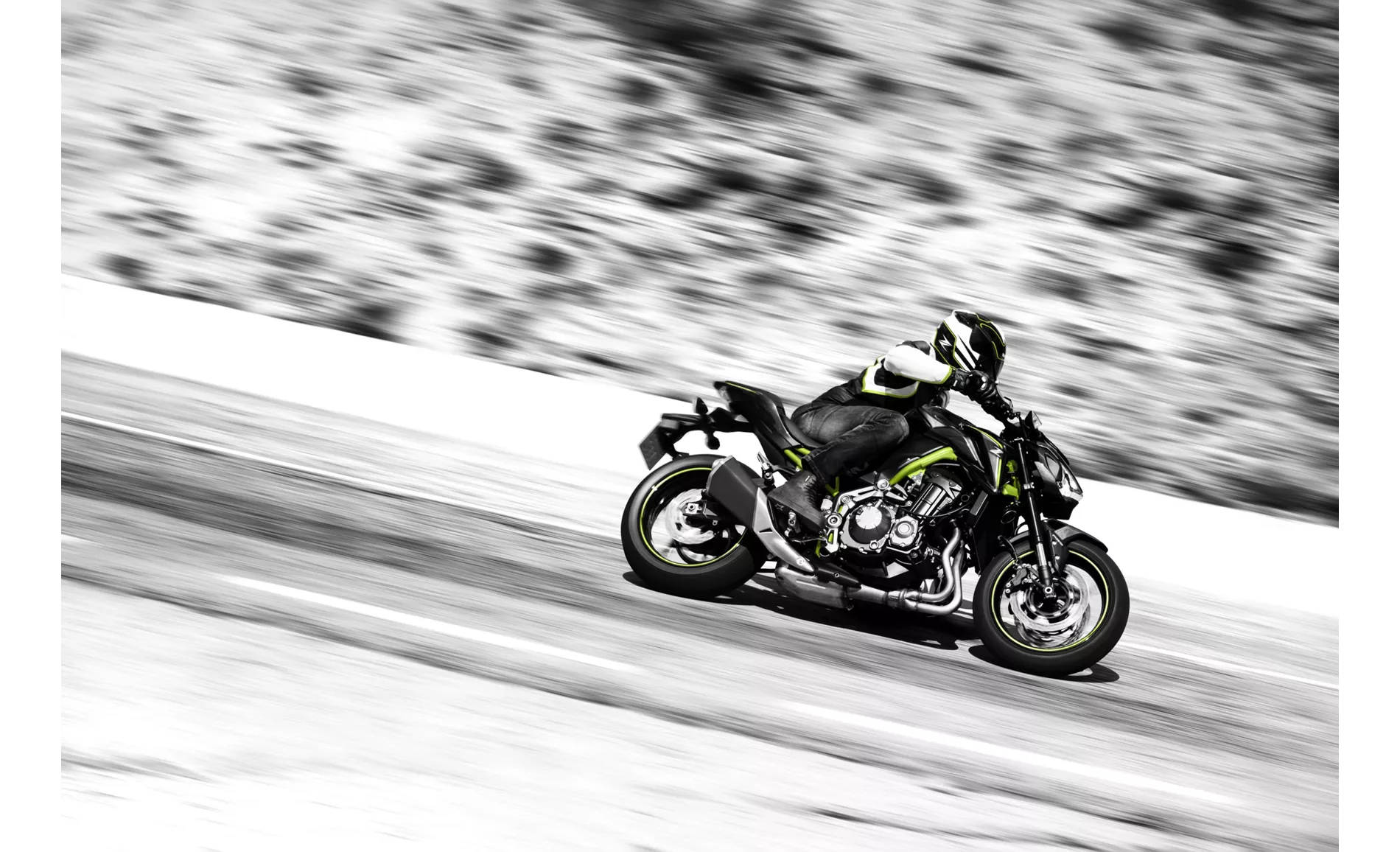
Kawasaki Z900 2018
When it comes to strengths, the Yamaha MT-10 SP offers a great chassis, high ride comfort, and utility comfort due to the electronic chassis. It also has a very emotional but cultivated engine, pleasant wind protection, and a balanced overall package despite its radical looks and wicked sound. On the other hand, the Kawasaki Z900 boasts a powerful and silky engine, great sound, sharp and sporty look, low seating position, and easy handling and maneuverability.
In terms of weaknesses, the Yamaha MT-10 SP's traction control is not up to the level of the Aprilia, and the seating position on the racetrack can be too inactive. The Kawasaki Z900, on the other hand, lacks traction control, and the knee angle can be strenuous for tall riders in the long run.
Overall, both the Yamaha MT-10 SP 2017 and the Kawasaki Z900 2018 are impressive naked bikes with their own unique strengths and weaknesses. The Yamaha offers more advanced rider assistance systems and adjustability options for the suspension, while the Kawasaki provides a powerful engine and a sporty look. Ultimately, the choice between the two will depend on the rider's preferences and priorities.
Technical Specifications Yamaha MT-10 SP 2017 compared to Kawasaki Z900 2018
Pros and Cons in comparison
Pros and Cons in comparison
Yamaha MT-10 SP 2017
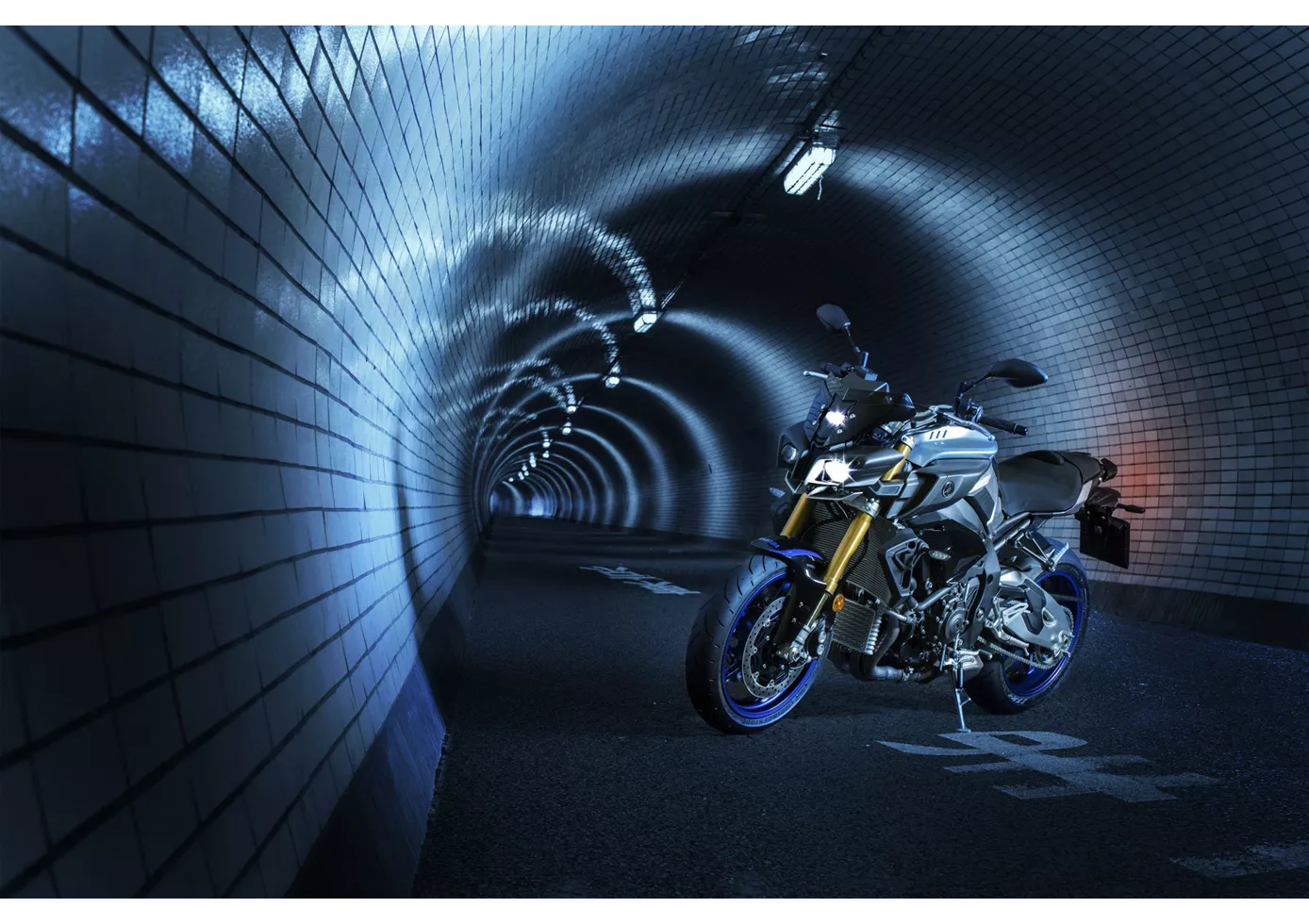
With the SP version, the MT-10 becomes cooler, more desirable and, thanks to the high-quality chassis, better. The semi-active suspension from the R1M is the best in the naked bike league. Highest quality and best function in combination. The chassis also excites on the racetrack. Nevertheless, the MT-10SP is not a racing machine, because the seating position is not active enough for that.
Kawasaki Z900 2018
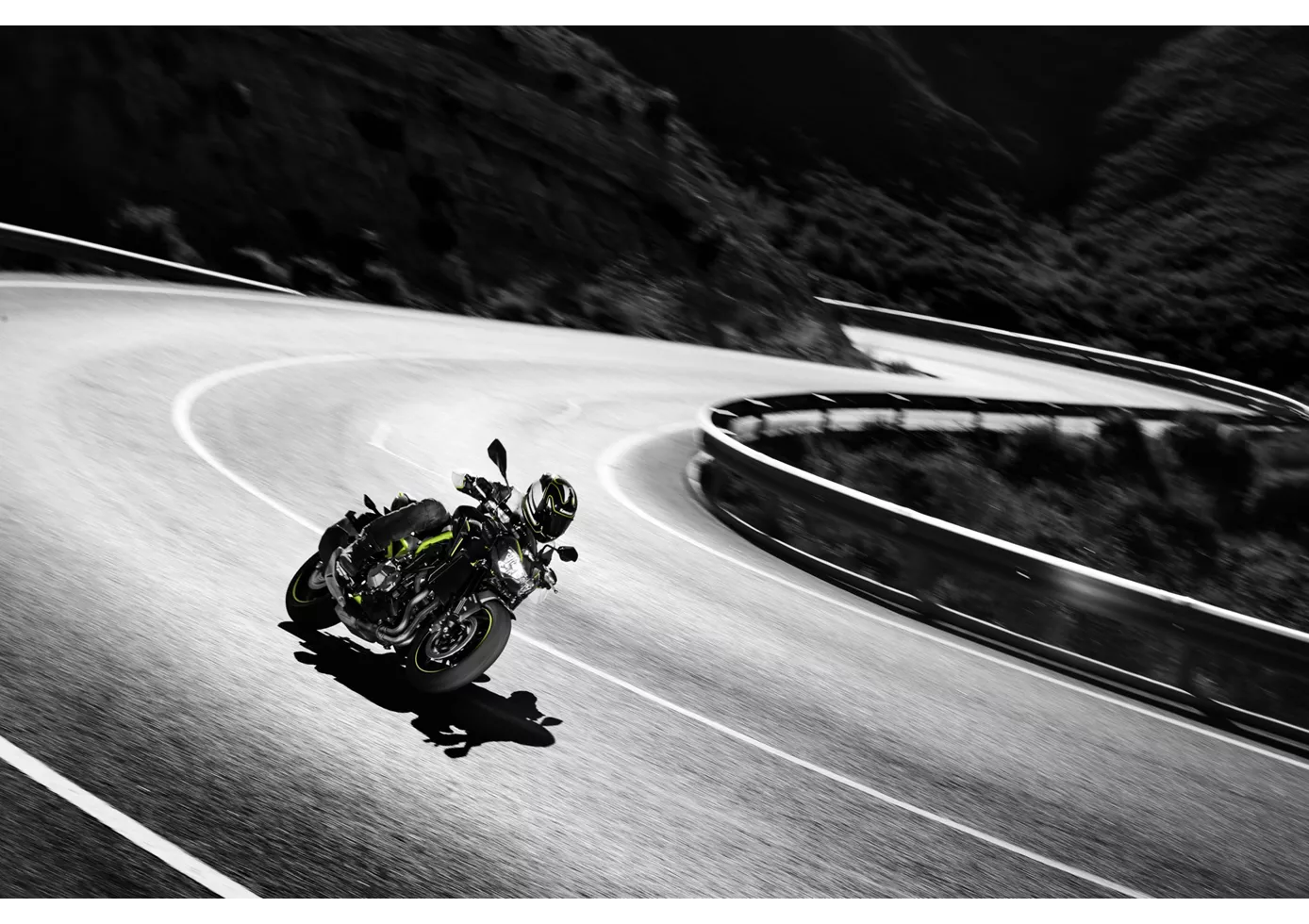
In the hotly contested naked bike segment, the Z900 plays right at the front. Above all, its engine is absolutely terrific, runs incredibly silky and offers rich power in all rev regions - as befits a Japanese four-cylinder. Its sporty, aggressive appearance matches this. It does without electronic bells and whistles, but still conveys a lot of confidence when chasing corners, braking and accelerating out of them. The low seat is especially beneficial for smaller riders, but taller riders might miss a flatter knee angle on long distances. The low weight and compactness make the Z900 particularly agile and easy to handle. A sporting cannon that is also extremely appealing in terms of price
Price Comparison Avarage Market Price Yamaha MT-10 SP vs Kawasaki Z900
There are a few key differences between a Yamaha MT-10 SP 2017 and a Kawasaki Z900 2018. In terms of price, the actual average price of a Yamaha MT-10 SP 2017 is about 44% higher. A Yamaha MT-10 SP 2017 experiences a loss of 2,320 USD in one year and 1,580 USD in two years of ownership. This is offset by a loss of 640 USD and 520 USD for a Kawasaki Z900 2018. Compared to Kawasaki Z900 2018 there are less Yamaha MT-10 SP 2017 bikes available on the 1000PS.de Marketplace, specifically 4 compared to 55. It takes less time to sell a Kawasaki Z900 with 112 days compared to 123 days for the Yamaha MT-10 SP. Since model year 2017 1000PS.de editors have written 18 reviews for the Yamaha MT-10 SP and 46 reviews for the Kawasaki Z900 since model year 2017. The first review for the Yamaha MT-10 SP was published on 10/4/2016 and now has more than 28,600 views. This compares to more than 93,200 views for the first review on Kawasaki Z900 published on 11/11/2016.

